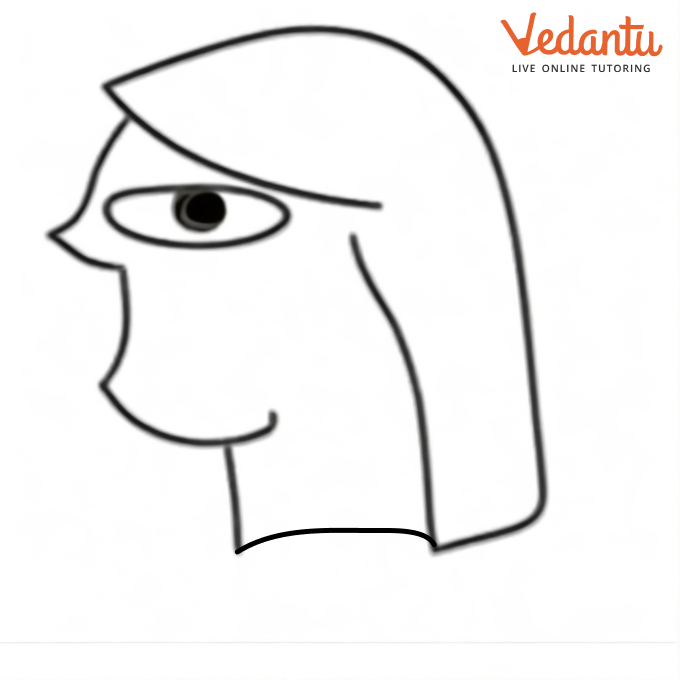The Fish Tale - Exercise-wise Questions and Answers For Class 5 Maths - Free PDF Download
FAQs on NCERT Solutions For Class 5 Maths Chapter 1 The Fish Tale - 2025-26
1. Where can I find stepwise NCERT Solutions for Class 5 Maths Chapter 1 as per the CBSE 2025–26 syllabus?
You can access stepwise NCERT Solutions for Class 5 Maths Chapter 1, 'The Fish Tale', on Vedantu, which follows the latest CBSE 2025–26 syllabus. All questions, including intext and exercise problems, are solved in the official NCERT answer format for full CBSE compliance.
2. What is the correct answer format for Class 5 Maths Chapter 1 Exercise 1.1 according to NCERT?
The correct answer format for Class 5 Maths Chapter 1 Exercise 1.1 follows the NCERT-approved stepwise explanation. Each solution includes the method, calculation steps, and the final answer, matching what is expected in a CBSE exam paper for 2025–26.
3. Are these NCERT Solutions for Class 5 Maths Chapter 1 available in both Hindi and English medium?
Yes, NCERT Solutions for Class 5 Maths Chapter 1 are available in both Hindi and English medium. Both versions maintain the NCERT pattern and use CBSE-approved language for all stepwise answers.
4. Can I download the Class 5 Maths Chapter 1 PDF with answers for offline study?
Yes, you can download the Class 5 Maths Chapter 1 PDF with answers for offline study from Vedantu. The PDF contains all solved questions with stepwise explanation as per the official NCERT textbook solutions.
5. Does the NCERT answer key for Class 5 Maths Chapter 1 follow the updated CBSE 2025–26 guidelines?
Yes, all NCERT answer keys for Class 5 Maths Chapter 1 on Vedantu strictly follow the updated CBSE 2025–26 guidelines, ensuring that the stepwise solutions match the latest exam requirements and NCERT textbook structure.
6. How can students ensure their answers to Class 5 Maths Chapter 1 exercises match the official NCERT solution format?
Students should present answers using clear stepwise calculations, logical explanations, and highlight the final answer as done in the official NCERT solution format. Referring to Vedantu's CBSE-approved answers helps in structuring solutions as per NCERT standards.
7. Are there detailed solutions for both intext and end-exercise questions in Class 5 Maths Chapter 1?
Yes, detailed solutions for both intext and exercise questions are provided for Class 5 Maths Chapter 1. Each answer is supported with the required steps, making it easy for students to understand the correct CBSE method of solving.
8. What topics are covered in the NCERT Solutions for Class 5 Maths Chapter 1?
NCERT Solutions for Class 5 Maths Chapter 1 'The Fish Tale' cover large numbers, estimation, arithmetic operations, problem-solving with real-life contexts, and understanding the use of numbers, following the CBSE curriculum.
9. Is there a difference between 5th Class Maths book Solutions and the NCERT Class 5 Maths Chapter 1 PDF with answers?
5th Class Maths book Solutions might refer to various guidebooks, but the NCERT Class 5 Maths Chapter 1 PDF with answers available on Vedantu is directly based on the official NCERT textbook and adheres to CBSE 2025–26 guidelines for accuracy.
10. How should students approach solving challenging questions in Class 5 Maths Chapter 1 using the NCERT solutions?
Students should first read the problem statement carefully, identify the mathematical operations involved, and follow the stepwise approach used in the NCERT solutions. Regular practice of textbook examples and referring to detailed solutions ensures clarity and confidence in answering similar CBSE exam questions.
11. If an answer to a question in the Class 5 Maths Chapter 1 NCERT Solutions differs from what is given in school, which should be followed?
The answers provided in the NCERT Solutions are as per the latest CBSE 2025–26 syllabus and the NCERT textbook. In case of differences, students should rely on the NCERT answer format, as this is what will be expected in the CBSE exam evaluations.
12. What is the best way to use the Class 5 Maths Chapter 1 Notes along with the NCERT Solutions?
The ideal way is to first attempt solving questions using the steps shown in the NCERT Solutions, and then review the chapter notes for key concepts. However, for exam writing, always present your answer in the stepwise NCERT solution style to earn full marks as per CBSE evaluation criteria.
13. Can I use the NCERT Class 5 Maths Chapter 1 Solutions for quick revision before my CBSE exams?
Yes, the NCERT Class 5 Maths Chapter 1 Solutions are ideal for quick revision. The stepwise format helps you quickly recall the correct approach, calculation flow, and answer structure, which are essential for CBSE exam preparation in 2025–26.


























